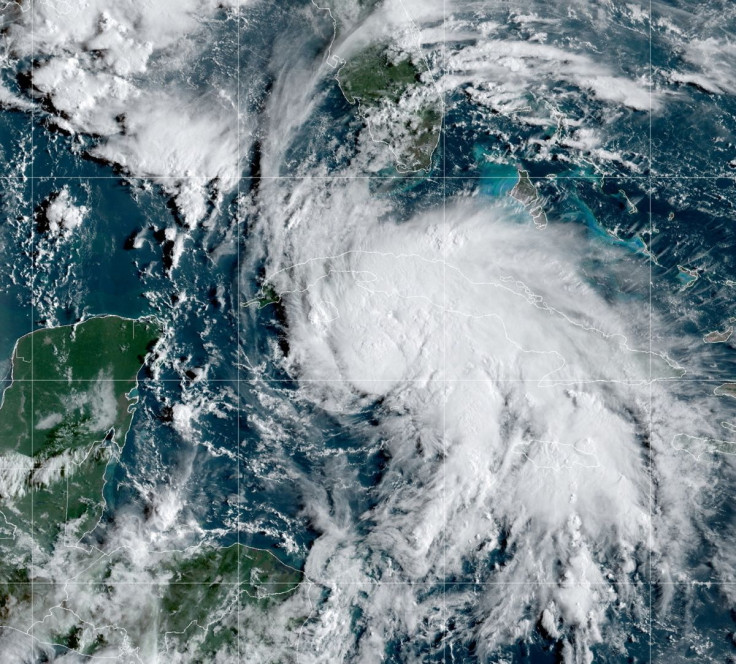U.S. Forecasters Predict 7th Straight Year Of Above-normal Hurricane Season

The Atlantic hurricane season is poised to deliver another round of above-normal storms for the seventh consecutive year, the National Oceanic and Atmospheric Administration (NOAA) said on Tuesday.
NOAA forecasters estimate 14 to 21 named storms, six to 10 of which will become hurricanes, and three to six of those that will develop into major hurricanes during the June 1 to Nov. 30 season.
A tropical storm brings sustained winds of at least 39 miles per hour (63 kph), a hurricane has winds of at least 74 mph and major hurricanes pack winds of at least 111 miles per hour and can bring devastating damage.
Climate change is warming ocean temperatures that have led to more destructive and damaging storms, forecasters say. This year's warmer-than-average sea temperatures in the Atlantic and Caribbean and trade wind patterns also augur for an above-average storm season, NOAA said
NOAA's call for an above-average storm season follows Colorado State University's outlook, which last month predicted 19 named storms, nine hurricanes and four major hurricanes.
The U.S. forecasters calculate a 65% chance of an above-normal season, 25% chance of a near-normal season and a 10% chance of a below-normal season.
An average season generates 14 named storms and seven hurricanes. NOAA increased these numbers for a normal season last year after a recalculation, citing improved satellite monitoring and climate change.
Last year's 21 named Atlantic storms cost about $80.6 billion in insured damages with Hurricane Ida, a Category 4 hurricane when it struck Louisiana, and which brought winds and flooding all the way to New York. It led to about $36 billion in losses.
Forecasters said unseasonably high temperatures, warmer-than-average seas that provide energy for tropical cyclones and the ongoing La Nina weather pattern that is expected to persist this season all influenced the outlook.
© Copyright Thomson Reuters 2024. All rights reserved.





















